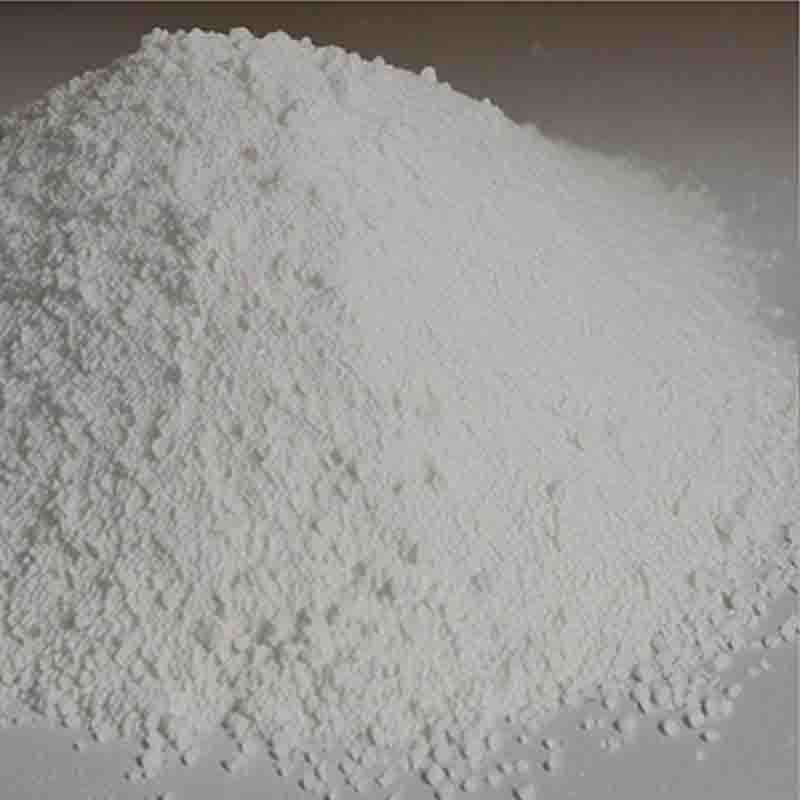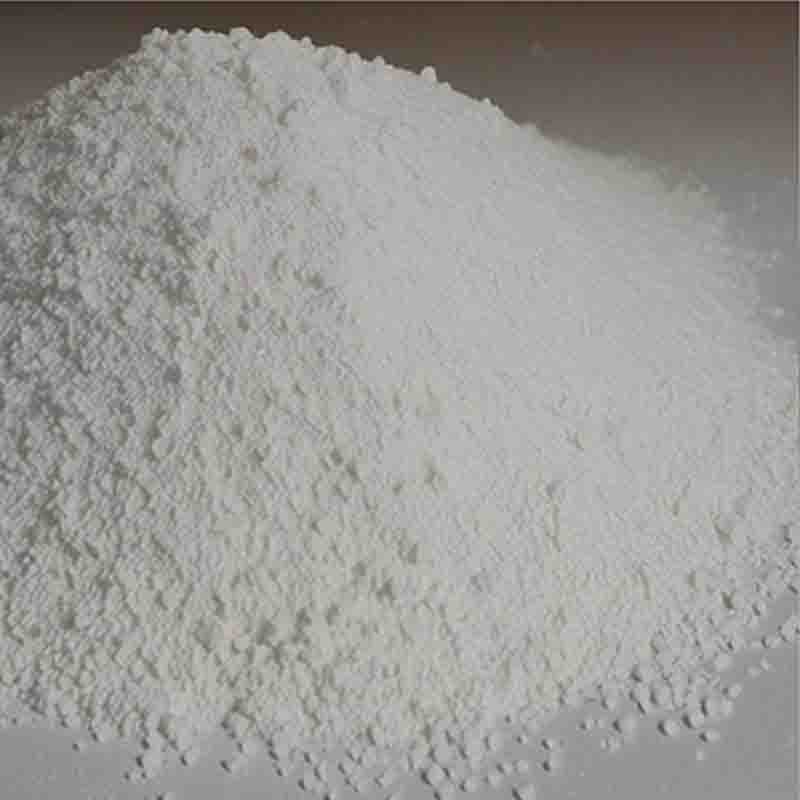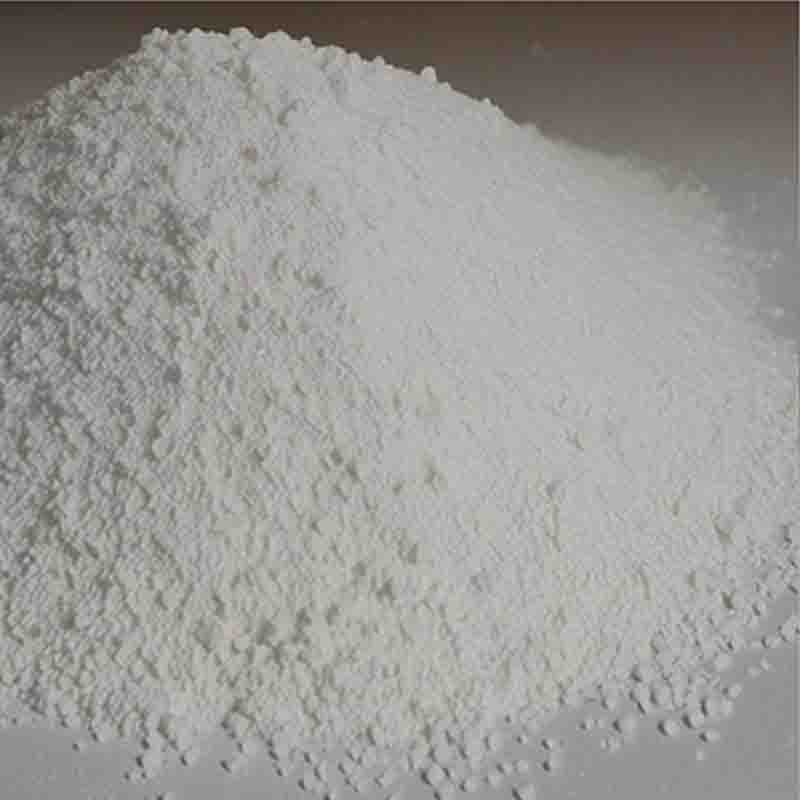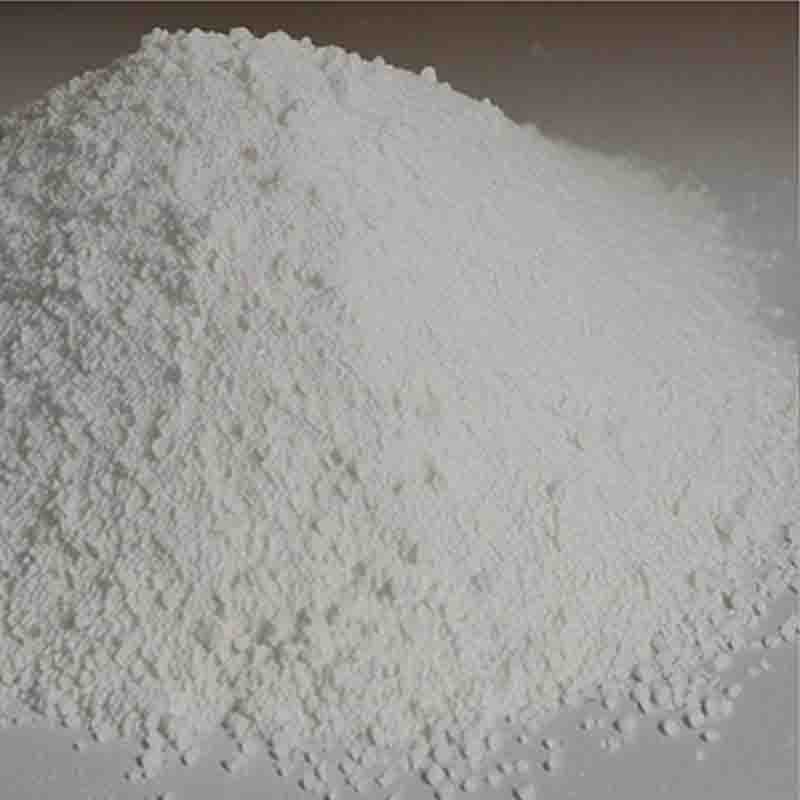Potassium bismuth iodide CAS: 41944-01-8
| Catalog Number | XD94153 |
| Product Name | Potassium bismuth iodide |
| CAS | 41944-01-8 |
| Molecular Formula | BiI7K4 |
| Molecular Weight | 1253.7 |
| Storage Details | Ambient |
Product Specification
| Appearance | White powder |
| Assay | 99% min |
Cadmium iodide (BiI7K4) is an inorganic compound composed of cadmium cations (Cd2+) and iodide anions (I-). It is a yellowish crystalline solid that is highly soluble in water. Cadmium iodide has several applications in various industries and research fields.One significant use of cadmium iodide is in the field of phosphors. Phosphors are substances that emit visible light when excited by radiation, such as ultraviolet (UV) or X-rays. Cadmium iodide, in combination Potassium bismuth iodide (KBiI3) is an inorganic compound composed of potassium cations (K+), bismuth cations (Bi3+), and iodide anions (I-). It is a crystalline solid that has gained considerable attention due to its unique properties and potential applications in various fields.One of the prominent uses of potassium bismuth iodide is in the field of photovoltaics. It has shown promising characteristics as an absorber material for solar cells. KBiI3 exhibits a suitable bandgap and high absorption coefficient for visible light, making it a potential candidate for efficient solar energy conversion. Additionally, its relatively high defect tolerance and good stability make it an excellent alternative to conventional absorber materials used in photovoltaic devices.Furthermore, potassium bismuth iodide has demonstrated interesting properties for thermoelectric applications. Thermoelectric materials have the ability to convert waste heat into useful electrical energy. KBiI3 has shown favorable thermoelectric performance, including high electrical conductivity and low thermal conductivity. These properties make it a potential material for thermoelectric generators, where it could play a role in improving energy efficiency and waste heat recovery in various industries.Another area where potassium bismuth iodide shows promise is in the field of nonlinear optics. Nonlinear optical materials exhibit properties that allow them to change their refractive index when subjected to intense light. KBiI3 has been investigated for its potential use in realizing efficient frequency doubling and optical waveguides. These properties have applications in laser technology, telecommunications, and other industries where efficient manipulation of light is required.Additionally, potassium bismuth iodide has been explored for its potential application in radiation detection. Its high density and ability to absorb and detect different types of radiation make it suitable for nuclear and medical imaging devices. KBiI3-based detectors have shown high sensitivity, excellent energy resolution, and good stability, making them valuable tools for radiation monitoring and imaging.It is worth noting that potassium bismuth iodide is a relatively new material, and its applications are still being explored. Research efforts are ongoing to fully understand its properties and optimize its performance in various fields. Future developments may uncover even more potential applications for KBiI3, expanding its uses in fields such as sensors, catalysis, and optoelectronics.As with any material, proper handling and safety precautions should be followed when working with potassium bismuth iodide. It is important to consider potential health and environmental risks associated with bismuth and iodine compounds, and appropriate measures should be taken to minimize exposure and ensure safe use and disposal.other elements or activators, can be used to create different colors of light emission. These phosphors are found in various lighting applications like fluorescent lamps, television screens, and X-ray detectors. The efficient emission of light from cadmium iodide-based phosphors makes them particularly useful in high-definition displays and efficient lighting systems.Another important application of cadmium iodide is in the production of cadmium compounds, specifically in the manufacturing of pigments. Cadmium-based pigments, such as cadmium yellow and cadmium red, are highly valued for their vibrant and stable colors. Cadmium iodide serves as a precursor in the synthesis of these pigments. The resulting pigments exhibit excellent lightfastness, heat resistance, and opacity, making them widely used in paints, inks, and plastics.Cadmium iodide also finds use in the field of photovoltaics. It is a vital component in the fabrication of cadmium telluride (CdTe) thin-film solar cells. CdTe solar cells are a promising alternative to conventional silicon-based solar cells due to their lower cost and higher efficiency in converting sunlight into electricity. Cadmium iodide plays a crucial role as a precursor in the deposition and formation of the CdTe absorber layer. This layer absorbs sunlight and generates photoexcited electrons, which are then collected to produce electrical energy.Additionally, cadmium iodide has applications in the field of catalysis and chemical synthesis. It can serve as a catalyst or reactant in various organic reactions. Cadmium iodide, in combination with other reagents, can facilitate the formation of carbon-carbon bonds, C-N bonds, and other important chemical transformations. It is particularly useful in the synthesis of pharmaceuticals, fine chemicals, and organic intermediates.It is essential to exercise caution when handling and using cadmium iodide due to its toxicity. Cadmium is a highly toxic metal, and its compounds, including cadmium iodide, can pose health and environmental risks. Adequate safety measures should be taken to reduce exposure to cadmium compounds during their production, use, and disposal.In summary, cadmium iodide is a versatile compound with valuable applications in various fields. From its use in phosphors for lighting and displays to the production of pigments, photovoltaics, and catalysis, cadmium iodide provides important contributions to technology, materials, and chemical synthesis. However, given its toxicity, careful handling and safety precautions must be observed throughout its lifecycle.






![4-[4-[(5S)-5-(Aminomethyl)-2-oxo-1,3-oxazolidin-3-yl]phenyl]morpholin-3-one hydrochloride CAS: 898543-06-1](https://cdn.globalso.com/xdbiochems/白色粉末1319.jpg)


